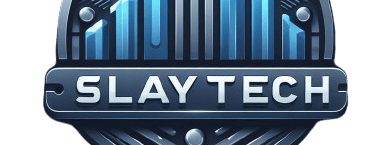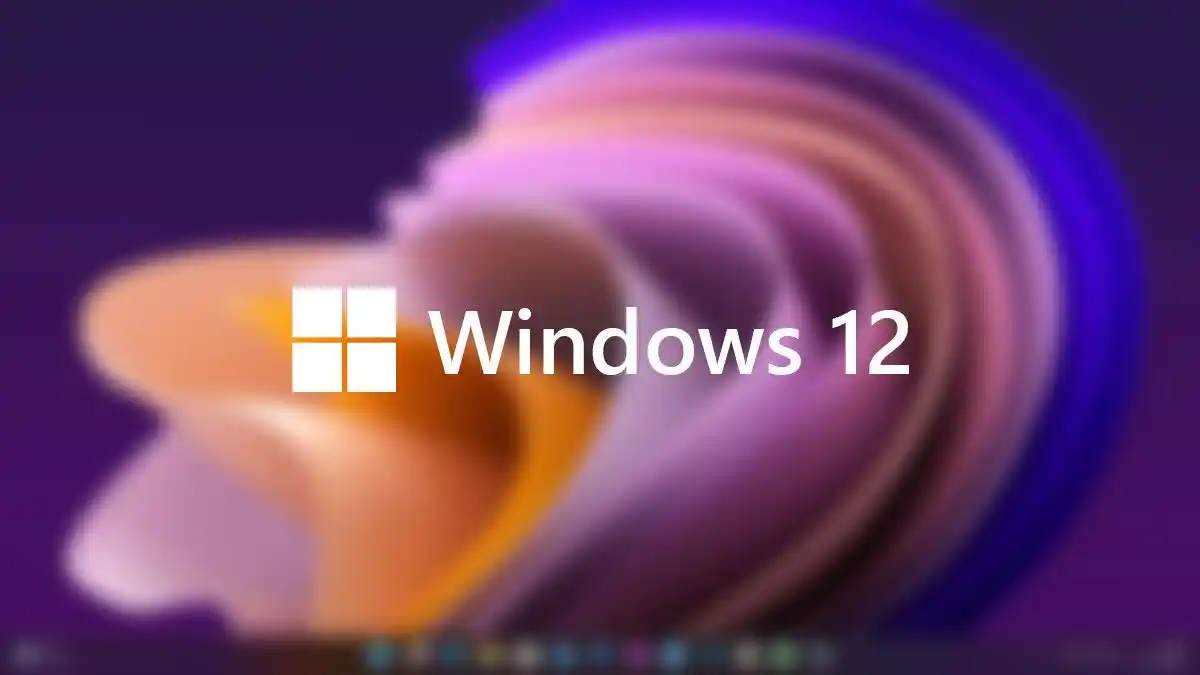The world is rapidly shifting into a hybrid landscape — AI at every corner, cloud-first infrastructures, and devices becoming smarter with context awareness. At the heart of it all, the operating system is being reimagined. Not updated. Rebuilt.
Welcome to the early leaks and insider whispers of Windows 12 — Microsoft’s next-generation operating system, expected to be the most significant shift in the Windows ecosystem since the launch of Windows 10.
While Microsoft has not made any official announcements as of June 2025, internal reports, partner documentation, UI mockups, and early insider builds paint a fascinating picture of where the future is heading.
This isn’t just about a new Start Menu or updated animations. Windows 12 appears to be Microsoft’s first AI-native, modular, and hybrid-cloud-enhanced operating system — made to work across desktops, laptops, foldables, servers, and AI workstations.
Let’s explore the leaks, the real changes happening behind closed doors, and what it all means for users, developers, enterprises, and creators.
A Rebuilt UI with AI at the Center
According to early screenshots and internal prototype presentations, Windows 12 is being designed with a completely reimagined user interface. Not just a facelift, but a foundational change.
One of the biggest shifts is the rumored adaptive layout system. Unlike Windows 11, which remains relatively static in its UI design, Windows 12 introduces:
- Dynamic tiles that change based on your tasks
- An intelligent sidebar that surfaces files, chats, calendars, and apps based on time and usage
- A resizable command palette, similar to Spotlight on macOS, but deeply integrated with Copilot AI
The idea isn’t just to streamline the interface, but to adapt it live to the user’s intent — whether you’re coding, editing a video, hosting a meeting, or gaming.
This is where the deep AI integration comes in.
Copilot Becomes a Core Operating System Layer
In Windows 11, Copilot was added as a sidebar — useful, but still separate from the core system functions.
In Windows 12, leaks suggest Copilot becomes the backbone of user interaction.
Rather than being just a chatbot or productivity tool, Copilot in Windows 12 is rumored to:
- Manage system settings dynamically through natural language
- Suggest automation for routine workflows
- Summarize documents, web pages, and app content in context
- Launch or switch apps based on project focus
- Offer background task reporting and scheduling directly in the OS
This positions Copilot less like a Siri or Alexa, and more like a personal operating layer — a digital co-user sitting next to you, watching, learning, and optimizing.
Enterprise builds of early test versions also include Copilot for Teams, Azure, and Office tightly baked into the OS. Expect a future where Windows isn’t just the platform — it’s the assistant.
Cloud-Connected Desktops: The “Cloud PC” Push Gets Real
One of the boldest ambitions behind Windows 12 is the concept of “Cloud PCs” as default. Microsoft is aggressively pushing toward a future where a user can switch between devices and pick up exactly where they left off.
Windows 12 is expected to offer:
- Roaming desktops, where your workspace (apps, layout, state) syncs across devices
- Deep Azure integration for remote performance scaling
- Built-in low-bandwidth mode for cloud session continuity even in poor networks
- A dual-mode boot system, allowing users to run Windows either locally or from the cloud
For businesses, this means easier device provisioning and secure remote work. For consumers, it means buying a cheap device doesn’t limit power — as long as you have access to the cloud backend.
The leaked pricing model suggests cloud enhancements will be optional, and Microsoft may bundle them into future Microsoft 365 tiers.
Modular Updates and “Core Separation”
A long-time pain point for Windows users has been forced restarts, bloated updates, and slow patch cycles. Windows 12 might finally break the cycle.
According to insider reports from partner OEMs, Windows 12 will implement “Core Separation.”
This means:
- The UI, services, and OS kernel will run in distinct sandboxes
- Updates will be downloaded and applied independently
- Restarts will be required only for kernel-level changes
- Security and driver patches will apply silently, much like Chrome OS
This modularity could significantly improve system stability and uptime, especially for enterprise and server deployments.
Security Upgrades: AI-Based Threat Prediction
Windows Defender gets a serious upgrade in Windows 12 — and not just in malware scanning.
Microsoft is reportedly adding:
- Real-time behavioral analytics
- AI-driven anomaly detection for both software and human interaction
- Dynamic permissions for apps, based on user context and sensitivity
That means Windows can now alert you if a known app begins behaving differently, using AI models to detect malware or spyware-like patterns before damage is done.
Additionally, the OS will support zero-trust architecture by default, requiring apps and users to verify before accessing secure resources.
Hardware Requirements and Compatibility
Windows 12 won’t be a minor update. Based on leaked builds, the new OS may require:
- TPM 2.0 or higher (same as Windows 11)
- Minimum 8GB RAM and 128GB storage
- Dedicated NPU (Neural Processing Unit) for AI acceleration (optional but recommended)
Microsoft may also launch its first-party Surface N series — ARM-based laptops designed to run Windows 12’s AI features natively, powered by custom silicon co-developed with Qualcomm.
This suggests a shift toward Apple-style vertical integration: software designed to run best on Microsoft-controlled hardware.
However, reports confirm that traditional x86 systems from Intel and AMD will still be supported — though older chips without AI hardware may lose some features.
App Ecosystem and Developer Tools
Windows 12 is expected to ship with:
- A new version of WinUI 4, focused on adaptive layouts
- An updated Windows Subsystem for Linux (WSL), supporting full GPU passthrough
- Enhanced support for Android apps via Amazon Appstore or sideloading
- Deeper Edge browser integration with system memory management
- A rebuilt Microsoft Store, optimized for performance and better revenue splits
Developers will also get access to Copilot Dev Tools, a set of AI-powered code assistants that function natively across Visual Studio, VS Code, and Windows Terminal.
If Microsoft nails execution, Windows 12 could become the best platform for hybrid app development — combining web, desktop, and cloud workflows into one unified ecosystem.
Release Timeline
While Microsoft has yet to confirm the release date, industry insiders and supply chain partners suggest the following timeline:
- Developer Previews – August 2025
- Public Beta – December 2025
- RTM Build for OEMs – March 2026
- Official Consumer Launch – April 2026
This would give Microsoft time to align the launch with a new generation of Surface devices and potential partner launches from Dell, Lenovo, and HP.
Final Thoughts: A Future-First OS
Windows 12 is not just a reaction to user feedback or market trends. It’s a bold attempt to define the next decade of computing.
By combining intelligent automation, cloud-native flexibility, modular stability, and AI-first user experiences, Microsoft is building an operating system designed for a world where devices are smarter, work is hybrid, and speed is essential.
If these leaks hold true, Windows 12 may finally deliver what Windows 10 promised — an OS that evolves with you, rather than around you.
And more importantly, it might just make the operating system feel exciting again.

